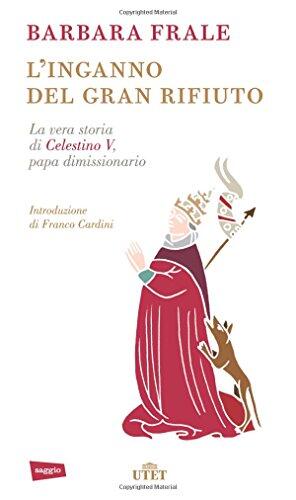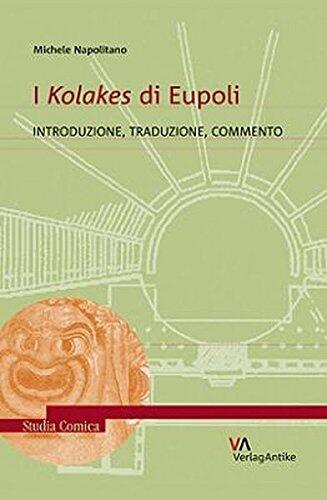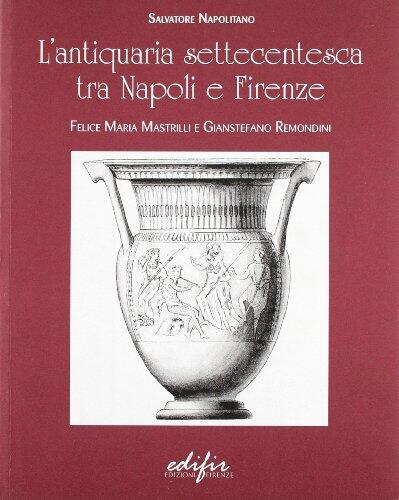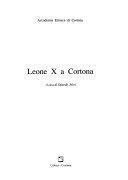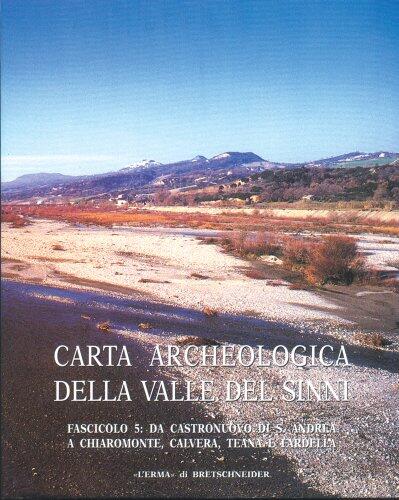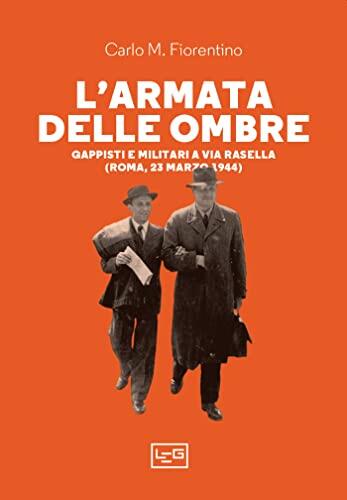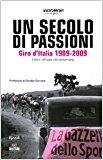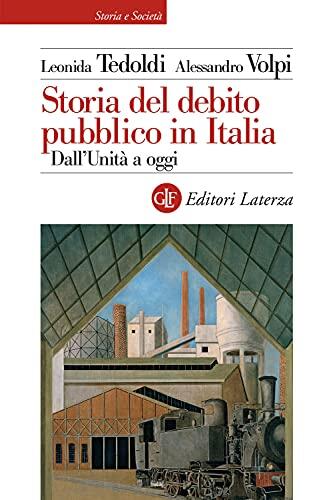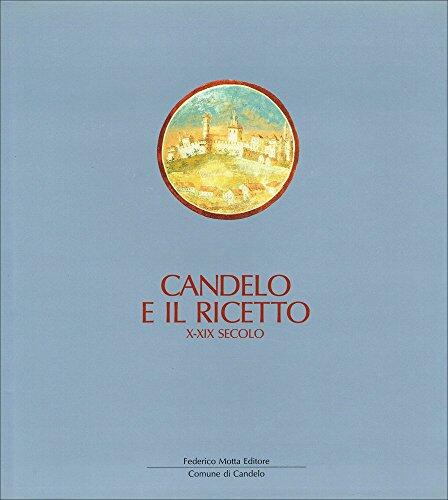
Candelo e il ricetto: X-XIX secolo
Language: Italian
Format: Paperback
ISBN 10: 8871790049
ISBN 13: 9788871790046
Publication date:
January 1st, 1990
Publisher: Comune di Candelo
Pages: 187
Genres: History
Set against the backdrop of the Italian peninsula, this work intricately explores the historical evolution of Candelo and its ricetto from the 10th to the 19th century. Through meticulous research and insightful analysis, the authors unravel the rich tapestry of life within this fascinating locale, shedding light on its significance during medieval times and beyond.
Luigi Spina, along with contributions from Patrizia Bellardone, provides readers with a thorough examination that goes beyond mere dates and events. Instead, they delve into the socio-economic factors, architectural developments, and cultural shifts that shaped the community of Candelo through the centuries. The narrative transports readers into the heart of its historic fabric, revealing how the ricetto served as a vital refuge and hub for local traditions.
The book is meticulously structured, offering a balance of vivid descriptions and scholarly insight. Enriched with bibliographical references, it not only serves as an engaging read for history enthusiasts but also as a valuable resource for researchers interested in medieval Italian history.
Overall, this comprehensive exploration of Candelo is a testament to the enduring legacies of small towns in the grand tapestry of history, inviting readers to reflect on their significance in shaping contemporary Italian identity.
Luigi Spina, along with contributions from Patrizia Bellardone, provides readers with a thorough examination that goes beyond mere dates and events. Instead, they delve into the socio-economic factors, architectural developments, and cultural shifts that shaped the community of Candelo through the centuries. The narrative transports readers into the heart of its historic fabric, revealing how the ricetto served as a vital refuge and hub for local traditions.
The book is meticulously structured, offering a balance of vivid descriptions and scholarly insight. Enriched with bibliographical references, it not only serves as an engaging read for history enthusiasts but also as a valuable resource for researchers interested in medieval Italian history.
Overall, this comprehensive exploration of Candelo is a testament to the enduring legacies of small towns in the grand tapestry of history, inviting readers to reflect on their significance in shaping contemporary Italian identity.
